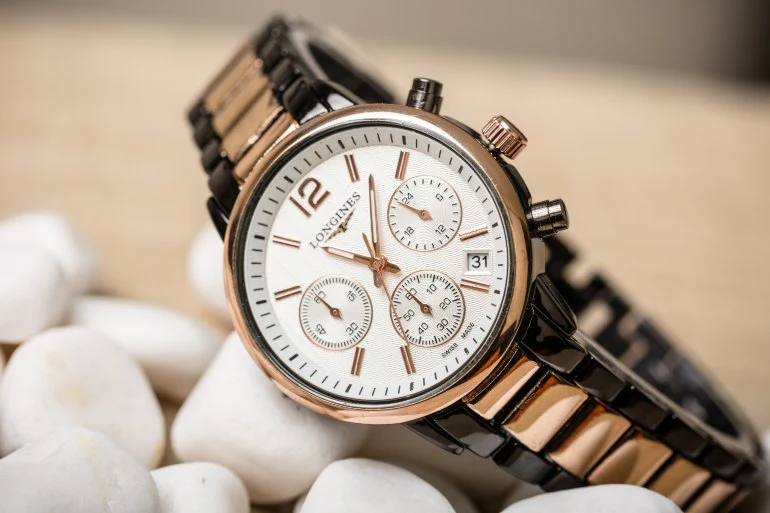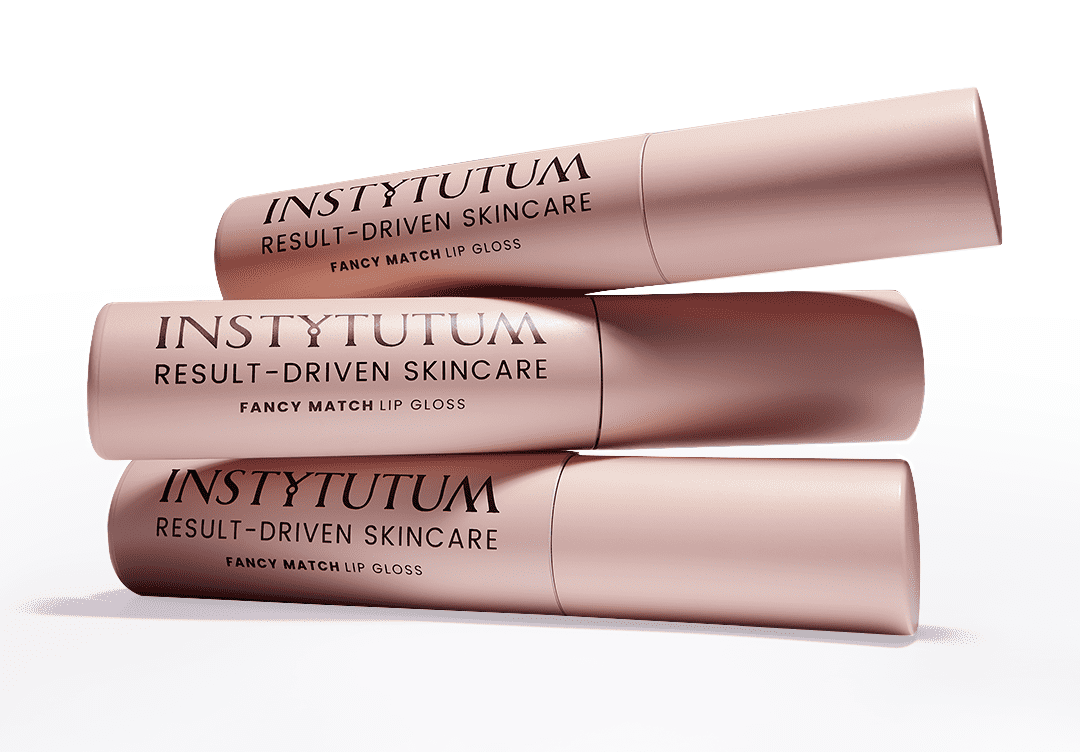In the intricate world of horology, automatic watches stand out as marvels of engineering, prized for their self-winding mechanisms. However, keeping these timepieces running accurately when not worn presents a unique challenge. This is where watch winders for sale from Barrington come into play, offering an essential solution for maintaining the precision and functionality of automatic watches. Designed to mimic the natural motion of the wrist, watch winders ensure that watches remain powered, eliminating the need for manual winding and resetting.
Over the years, watch winders have grown in popularity, especially among collectors and enthusiasts who own multiple watches. For them, maintaining the accuracy and longevity of their prized collections is paramount. These devices not only offer convenience but also safeguard the mechanical integrity of the watches, preventing unnecessary wear from manual adjustments.
Barrington Watch Winders have emerged as a modern, sophisticated choice for collectors who value both form and function. With sleek designs and customizable settings, Barrington watch winders provide a reliable way to keep automatic watches ticking, while also enhancing the aesthetic appeal of any collection. As we delve into the history of watch winders, we will see how these indispensable tools have evolved to become both practical and luxurious accessories for the discerning watch owner.
The Origins of Watch Winders: From Manual to Automatic Winding
In the early days of horology, timekeeping relied heavily on manual labor. Early mechanical watches required the wearer to regularly wind the crown by hand to keep the internal mechanisms moving. This daily ritual was essential for ensuring that the watch maintained its accuracy, but it was also a time-consuming and often cumbersome task, particularly for individuals who owned multiple watches. Missing a day of winding meant the watch would stop, requiring the wearer to reset the time and possibly adjust other functions like the date or moon phase.
The evolution from manual to automatic winding began in the 18th century, marking a pivotal moment in the history of timepieces. Watchmakers of the era sought to create a system that would wind itself, reducing the need for constant attention. This quest for convenience and precision led to the invention of self-winding mechanisms, which laid the foundation for modern automatic watches.
A key figure in this innovation was Abraham-Louis Perrelet, a Swiss watchmaker who is credited with developing one of the earliest automatic winding devices in 1770. Perrelet’s “perpetual motion” mechanism was designed to wind a watch using the natural motion of the wearer’s body. This ingenious system worked by harnessing the energy generated by walking or moving, thus eliminating the need for manual winding. Perrelet’s invention was groundbreaking and became the precursor to the automatic watches we know today, setting the stage for the future development of watch winders.
As watch technology advanced, the need for external devices to maintain the winding process grew, particularly for collectors with multiple timepieces. The foundations laid in the 18th century would later inspire the creation of watch winders, which play a crucial role in keeping automatic watches running when not in use.
The Development of the First Watch Winders in the 20th Century
The rise of automatic watches in the mid-20th century brought about a new era in horology, but it also introduced a practical challenge: how to keep these timepieces wound when they were not being worn. As the popularity of automatic watches grew, so did the need for a solution that would prevent them from stopping during periods of inactivity. Collectors, in particular, faced this issue, as owning multiple watches meant that some would inevitably be left unworn for extended periods, losing their power reserve.
In response to this demand, the first commercial watch winders began to appear. These early devices were simple in design but highly functional, providing a mechanical solution to keep automatic watches wound. Typically, these early watch winders utilized a rotating or oscillating mechanism that simulated the natural movement of the wrist, keeping the watch’s internal rotor in motion and maintaining its power reserve. While basic in form, these winders played a crucial role in the care and maintenance of automatic watches, ensuring that they continued to run smoothly without manual intervention.
As the years went by, watch winders became an essential accessory for watch enthusiasts and collectors. The simplicity of early models has since evolved into more sophisticated devices, with customizable settings that cater to the specific winding needs of different watch brands and models.
Modern Watch Winders: Combining Functionality and Luxury
In today’s world of horology, modern watch winders have evolved far beyond their original purpose. They have become sophisticated devices that not only ensure the precision of automatic watches but also add a touch of luxury to any collection. Collectors now seek winders that combine both functionality and aesthetic appeal, making them an essential accessory.
One of the most significant advancements in watch winder technology is the introduction of programmable settings. Modern watch winders offer various customization options, including:
- Rotation speed – adjustable to meet the specific needs of different watch brands and models.
- Direction of rotation – customizable to rotate clockwise, counterclockwise, or alternately, depending on the watch mechanism.
- Duration of operation – the ability to set a precise number of turns per day (TPD), ensuring optimal winding without overwinding.
These settings ensure that each watch receives the care it needs, making modern winders particularly valuable for collectors with multiple timepieces. Many winders are now designed to wind multiple watches at once, further adding to their practicality.
Beyond technical functionality, modern watch winders have also become luxury items. The materials used in their construction are carefully chosen to reflect the sophistication associated with fine timepieces. Commonly used materials include:
- Wood – for a classic and refined look.
- Leather – for a soft and elegant touch.
- Carbon fiber – for a sleek, modern aesthetic.
These materials not only elevate the functionality of the winders but also enhance the visual appeal of any watch display, making them a stylish addition to any collection.
The Future of Watch Winders: Smart Technology and Beyond
As technology continues to evolve, the world of watch winders is poised for exciting advancements that could transform how we care for our timepieces. One of the most anticipated developments is the integration of smart technology into watch winder designs. For example, wireless charging, a feature now commonplace in modern gadgets, could soon become part of the watch winder landscape. Imagine a watch winder that not only keeps your mechanical watches powered but also charges your smartwatch wirelessly, offering a dual-purpose solution for both traditional and modern timepieces.
Another promising development is the introduction of remote control features via mobile apps. With such functionality, watch collectors could adjust the settings of their winders from anywhere, ensuring that their timepieces remain perfectly maintained even when they are away from home. Through a mobile app, users could track the winding status of their watches, change the rotation speed or direction, and even receive notifications when it’s time for maintenance. This kind of smart integration would offer a new level of convenience and precision, making watch care even more seamless for collectors.
Conclusion: A Timeless Companion for Watch Enthusiasts
From its humble beginnings as a manual winding tool to the sophisticated, technology-driven devices of today, the watch winder has evolved into an essential accessory for automatic watch owners. As collectors’ needs have grown, so too has the functionality and design of these devices, making them indispensable for maintaining the precision and longevity of valuable timepieces. The watch winder’s journey through history reflects both the advancement of horology and the continued pursuit of convenience and luxury in modern watch care.
For collectors seeking the perfect balance of craftsmanship and performance, Barrington Watch Winders offer an ideal solution. Combining sleek design with cutting-edge technology, Barrington winders not only keep your watches in top condition but also add a touch of sophistication to any collection. Explore Barrington’s range of watch winders to discover how they can enhance your collection and ensure that your watches are always ready to wear, whenever you choose.





